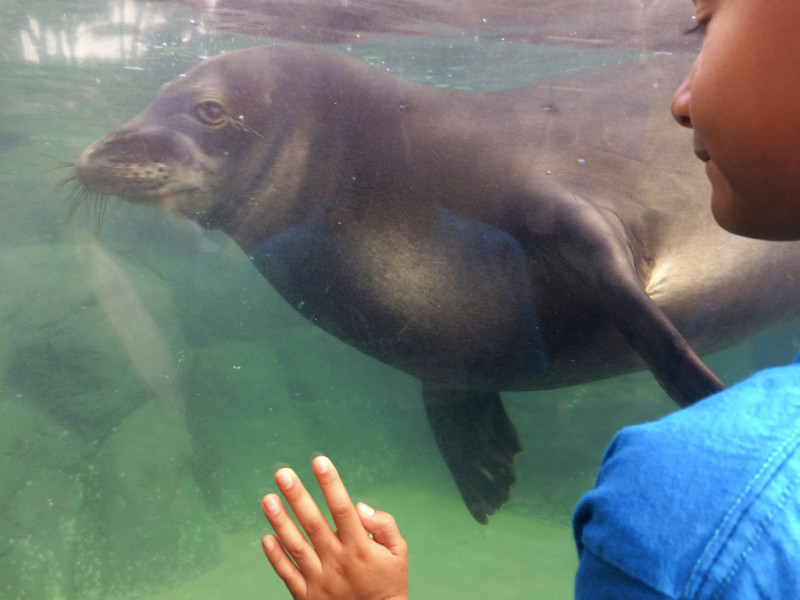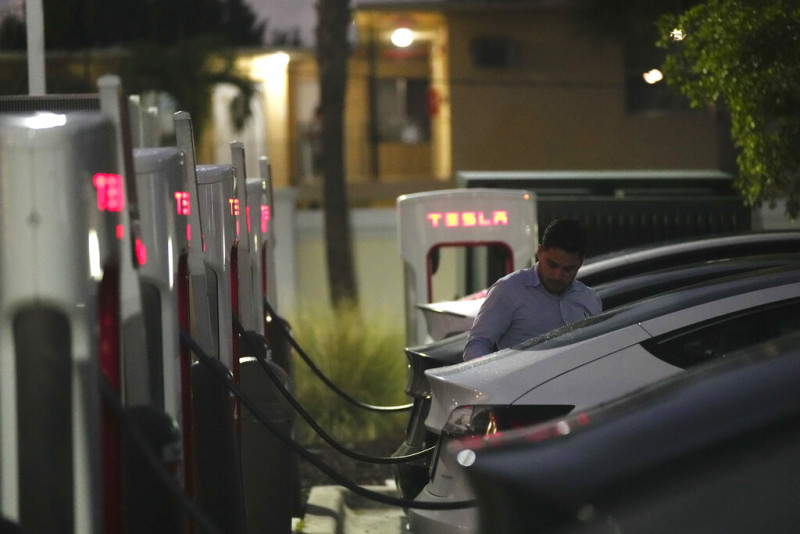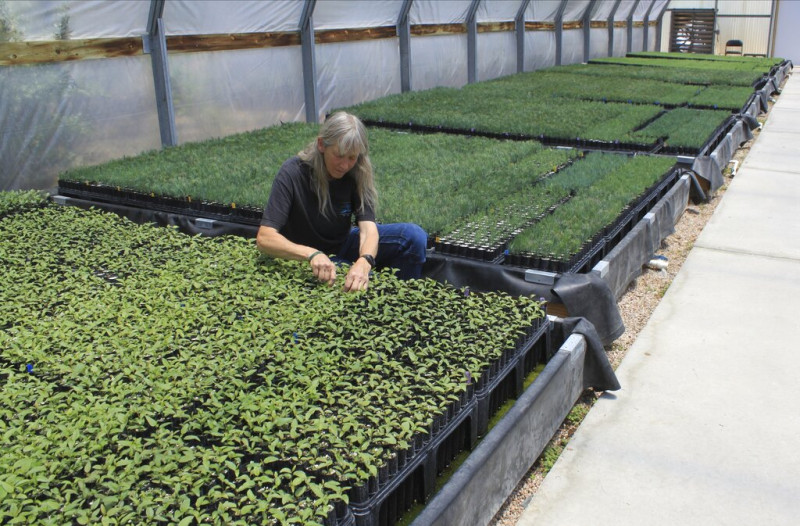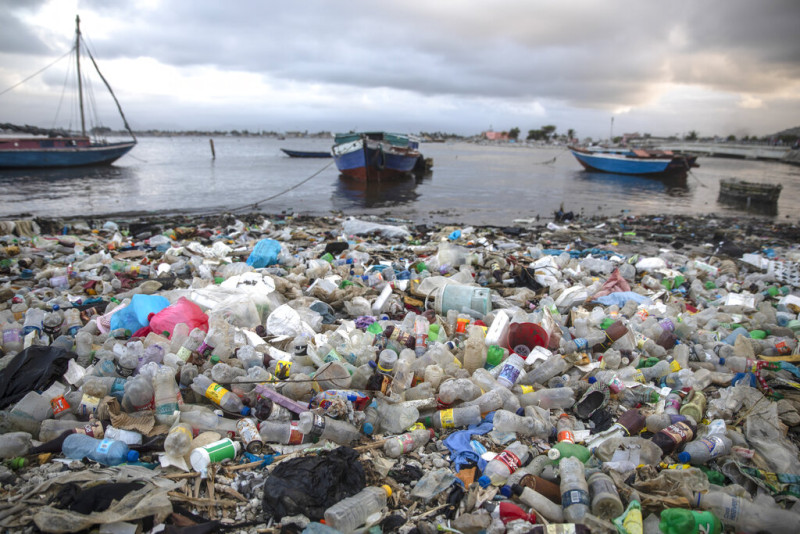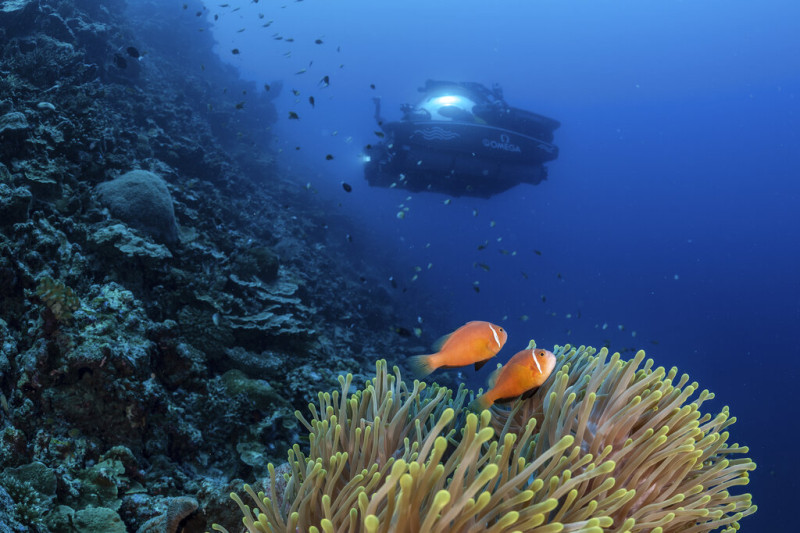Finding that poorer countries are wronged, US investment, protecting the seas, fighting plastic and technology for plants
There are currently 8 billion people in the world. people, according to the United Nations, at a time when climate change is increasingly disrupting life on Earth.
Wildfires and droughts continue to rage across the American West. Floods destroy cities. Heatwaves are making summers deadly, and greenhouse gas emissions that are exacerbating these disasters are increasing.
The hope, however, it is not lost according to National Geographic, as scientists create new ways for humans and nature to coexist harmoniously. This is accomplished from tampering with plant genomes to creating marine reserves that protect people and the planet.
The environment achieved 6 major victories in the year 2022.
1. The global climate deal faces a long-standing injustice
Some of the countries most affected by climate change are essentially accepting the consequences of the actions of those most responsible for the situation. This is why world leaders at a climate conference -COP27- last November, agreed on a financing system that would help developing countries have financial assistance to adapt and recover from climate change.
Countries seeking recovery have seen their claims bolstered by what’s called “attribution science” — the science that links individual occurrences of storms, heatwaves and other weather disasters to global climate change.
For example, when Pakistan was hit by deadly, devastating floods this summer, research showed that the floods were made worse by climate change. Although Pakistan’s percentage contribution to global carbon emissions was less than 1%, the country was in the spotlight for billions of dollars in losses.
2. Protecting nature has amazing benefits for us
Marine protected areas are parts of the ocean where human activity is limited to protect animal and plant species. Scientists argue that these reserves are important for limiting the rapid rate of species extinction, which is occurring as a result of climate change and human activities such as drilling, mining and shipping.
The world’s largest marine sanctuary, Papahānaumokuākea Marine National Monument in Hawaii, has shown that it not only protects marine life within the park’s boundaries, but helps marine life living outside its borders to flourish and, as an added bonus, positively impacts human Zoe.
A study published in October found that boats fishing for tuna outside the park’s boundaries have been catching more tuna since the park was created. Scientists believe that these catch rates are a result of the “diffusion effect” of marine stocks – meaning that when fish populations in the park thrive, they “disperse” into nearby areas.
Evidence that protected areas like these can benefit both people and nature shows that more sustainable ways of doing business are possible.
3. The US is making historic investments to fight climate change
In the US, the Inflation Reduction Act (IRA) was a political victory for the planet. Signed into law in August, the IRA invested $369 billion in clean energy projects and incentives for energy-efficient technology such as electric vehicles.
“This is the most important piece of US climate legislation ever,” said Richard Newell, chief executive of Resources for the Future, an energy research nonprofit.
Scientific analysis of the bill showed it could help the US transition to renewable energy faster. By the end of the decade, 81% of the country’s energy could come from sources like wind and solar. The bill also quietly introduced the nation’s first cap on a greenhouse gas — methane, a more potent source of global-warming pollution than carbon dioxide.
4. Violation of the technological power of plants
As humans pump more carbon dioxide pollution into the atmosphere, plants (from grasslands to rainforest trees) play an essential role in removing that carbon from the air and storing it underground. Using CRISPR gene-editing technology, scientists are launching an $11 million research project to try to hack photosynthesis so they can suck up carbon from the air more efficiently.
In addition to storing carbon, scientists are also changing the way plants are grown for food. Living on an increasingly densely populated planet means we’ll need new ways to feed more people nutritious food grown in even less space. To do this, scientists are making strides in food innovation that rival science fiction.
Research published in June showed that it was possible to grow some edible plants – including algae, edible yeast and mushrooms – without photosynthesis. This promising first step in growing food in the dark could be useful for astronauts traveling in space, but also helpful in how to make crops grow more efficiently on Earth.
Scientists are also building experimental greenhouses on the sea floor to conserve water and energy.
5. Fighting plastic
Plastic is everywhere – in the water, in the air, even in our blood. That’s why governments, internationally and locally, are trying to limit the amount of plastic that “moves” into the environment.
In March, 175 UN delegates agreed to negotiate a global treaty, by 2024, that would curb the flow of plastics. The treaty would legally require countries to clean up plastic pollution, under a stricter framework than the voluntary emission reductions countries make under the Paris climate agreement.
In June, California passed a game-changing plastics law that aims to cut the amount of plastic in single-use products by 1/4 over the next 10 years. Limiting production, rather than improving recyclability, is a major shift in how governments deal with plastic pollution.
6. Finding ways to protect and restore nature
In Hawaii’s tropical coral reefs, nature is finding a way to adapt to climate change. According to research published in March, 2 types of corals found can usually live successfully in warmer ocean temperatures. This adaptation offers some hope that the reefs, which experience massive “dry” periods during the heat wave, may survive.
Meanwhile, humans are giving nature a big helping hand through ‘rewilding’. This word defines the process of bringing back lost species of plants and animals.
Scotland, which has pledged to become the world’s first ‘rewilded nation’, is bringing back to life forests that have been lost for centuries.
In California and Louisiana, nature “can correct its own course.” A federal energy agency recently approved a plan to demolish four dams along California’s Klamath River to restore critical salmon habitat. Along the Gulf Coast, Louisiana has taken a major step toward its plan to alter the flow of the Mississippi River delta and divert the river’s sediment downstream — a last-ditch effort to restore the state’s disappearing coastline.
National Geographic
Read the News today and get the latest news.
Follow Skai.gr on Google News and be the first to know all the news.
I have worked as a journalist for over 10 years, and my work has been featured on many different news websites. I am also an author, and my work has been published in several books. I specialize in opinion writing, and I often write about current events and controversial topics. I am a very well-rounded writer, and I have a lot of experience in different areas of journalism. I am a very hard worker, and I am always willing to put in the extra effort to get the job done.


